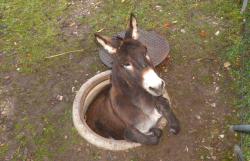Working on spatial data is the key feature of being a geoscientist and a lot of this work is done using ArcGIS from ESRI. QGIS was always an alternative especially looking at the costs of a full ESRI license. But when it comes to “making maps” QGIS was always behind ArcGIS in map formatting and export. The map composer was more or less … ugly and not state of the art. Today QGIS Dufour was released. Dufour is the second release of QGIS and has a lot of new features in it. The new map composer is probably a key feature. it was also mentioned “awesome” on the weekly spatial adjusted hangout with James Fee:
(https://www.youtube.com/watch?v=T3DsSL3dPi4#t=553)
Features
Besides the well known features of a grown up GIS like creating and editing spatial information in a variety of formats and the creation of maps or spatial data for webmaps we have a great build-in tool called SEXTANTE which works somehow like a hub into spatial analytics provided by R, GRASS, GDAL or SAGA GIS. Together with new map composer it was never easier to build extensive databases of your spatial data, share it with others using webmaps or the QGIS server engine, and to print astonishing maps that enrich your scientific outreach…
So share this knowledge about QGIS and give it a try. You can find some tutorials on the partner blog.




No Comments
No comments yet.